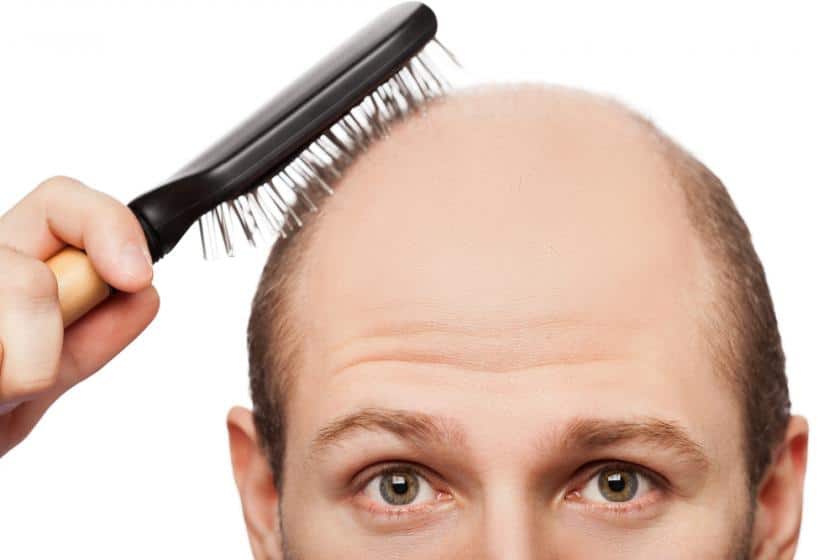Hundreds of patients have received the greatest hair transplant solutions, with a hair transplant clinic offering the greatest hair density and natural results. Patients with different degrees of baldness seeking a solution to their hair loss are commonly seen. The severity of baldness is important in deciding several factors about the Hair transplant in vizag.
The causes of baldness
Only the scalp experiences baldness; other body areas, such as the limbs and legs, do not. Dihydrotestosterone, a substance found in testosterone, affects hair in men. Dihydrotestosterone in abundance causes the hair to stop producing. During a hair transplant, portions of your scalp that are resistant to the damaging effects of dihydrotestosterone are referred to as “donor” regions.
Norwood classification systems for baldness grading
Pattern baldness, referred to as androgenic alopecia, is a form of advanced baldness that starts in the frontal or temporal triangles and spreads to a larger, wider bald region, leaving just an area of hair on both sides of the head. Following is an explanation of the Norwood degrees of baldness, which are widely used to describe and illustrate baldness:
Class I: Complete hairline is elevated above the forehead and is not thinning.
Class II: There are three triangular zones of recession in the frontal region’s sides and little recession in the middle.
Class III: Precarious situation. Thickening of the hair on the vertex may accompany a worsening of the triangular recession.
Class IV: Wider vertex hair loss and more frontal hair loss, but still a substantial hairline dividing the two classes of hair loss.
Class V: Widening of the frontal and vertex hair loss and persistent hairline thinning, separating the two areas of baldness.
Class VI: A band or bridge of hair that vanishes, fusing vertex and frontal baldness.
Class VII: Only the rear and side of the head have a ring of hair.
How are grafts carried out?
The most popular method of hair transplant in Vizag surgery is hair grafting. A medical professional removes tiny portions of the scalp that retain healthy hair. Occasionally they remove the skin with 10 to 15 hair or less using a tiny, round punch. These grafts were formerly known as “hair plugs.” One to two hair can be found in micro-grafts.
It might need to be done for several hours. The majority of patients are awake throughout the procedure. However, they are given medications to numb the scalp. You might need many operations based on how much hair the surgeon needs to move. Between operations, your scalp needs to recuperate for a few months.
Which hair transplant procedure is best for covering huge areas?
Follicular unit extraction or follicular unit transplantation are now the two most common and effective hair transplant procedures. Both approaches are known to provide results, but occasionally one approach may be superior.
Surgeons use the FUT procedure to cover extensive balding, but it is also a personal preference. The only reason to choose FUT over FUE is that FUE requires additional surgical time.
Conclusion
You must locate a skilled surgeon at the top hospital if you have significant bald patches. Vjs Clinic makes the best recommendations, and we provide treatments based on your needs. We also offer reasonable Hair transplant Cost in vizag.

